A rare and finely preserved French steelyard coin balance, dating from the late 18th to early 19th century, signed “Jecker à Paris” on the brass beam. Housed in its original hinged mahogany case, this instrument includes a printed conversion chart listing the weight standards of various gold coins in circulation across European states, including coins from France, England, the Netherlands, Italy, and Germany. The printed table is mounted in the case lid and remains legible and intact — an uncommon and desirable feature.
The instrument itself consists of:
A brass folding steelyard balance with precision scale divisions.
A curved pointer and sliding weight for accurate calibration.
Brass fittings and a delicate, integrated counterbalance system.
A hinged brass armature that folds into the fitted wooden box.
This type of balance was primarily used by merchants, bankers, and goldsmiths to verify the authenticity and weight of circulating gold coins — essential in a time when coin shaving and counterfeiting were widespread.
Signed Maker: François-Antoine Jecker (1765–1834)The engraved maker's mark, “Jecker à Paris”, refers to François-Antoine Jecker, one of Paris’s most respected instrument makers. Originally from Alsace, Jecker trained under renowned London instrument maker Jesse Ramsden, before founding his own Parisian workshop in 1792. His studio specialized in:
Astronomical and optical devices,
Surveying instruments,
And most notably, precision balances.
Following the French monetary reforms of the late 1790s, Jecker introduced a coin verification balance so accurate it could detect fractional discrepancies in weight. His design became extremely successful — over 80,000 examples were produced — and today, authentic Jecker scales are highly collectible and represent a vital piece of economic and scientific history.
Case Length (closed): ~16 cm
Width: ~3 cm
Excellent for age: brass is clean, hinges intact, balance operates smoothly.
The printed table of coin weights is original, not a reproduction.
The engraved maker’s mark “Jecker à Paris” is clearly visible and crisp.
Minor wear consistent with age; no modern repairs or replacements.



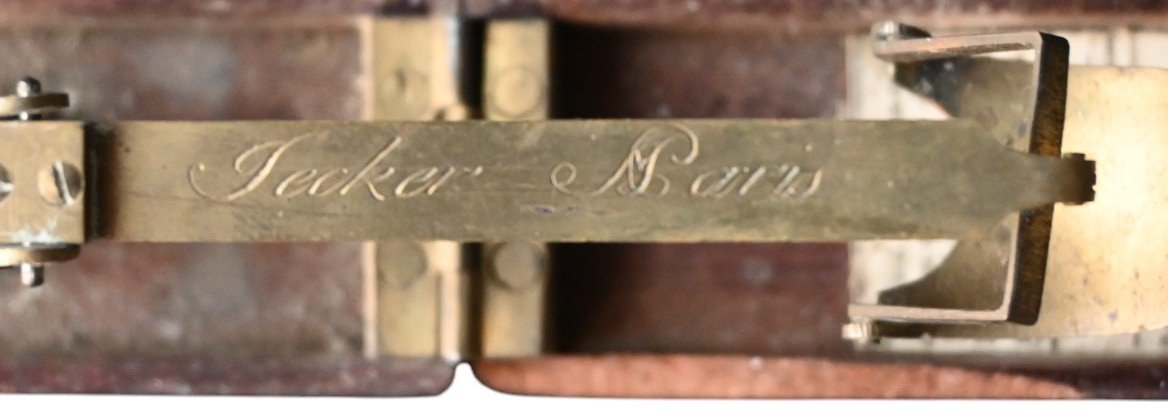
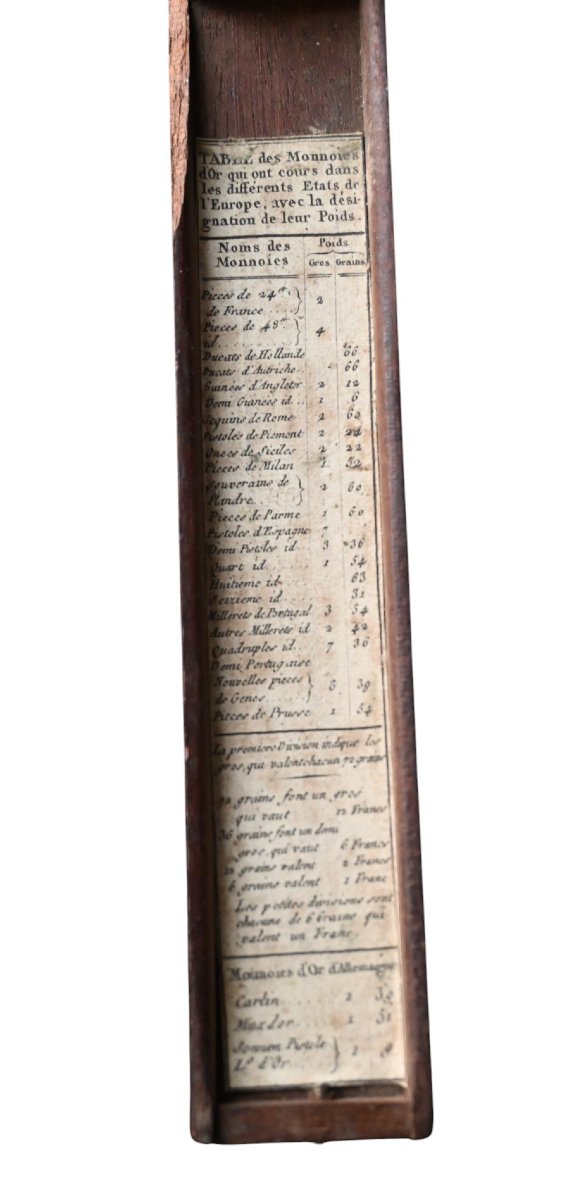
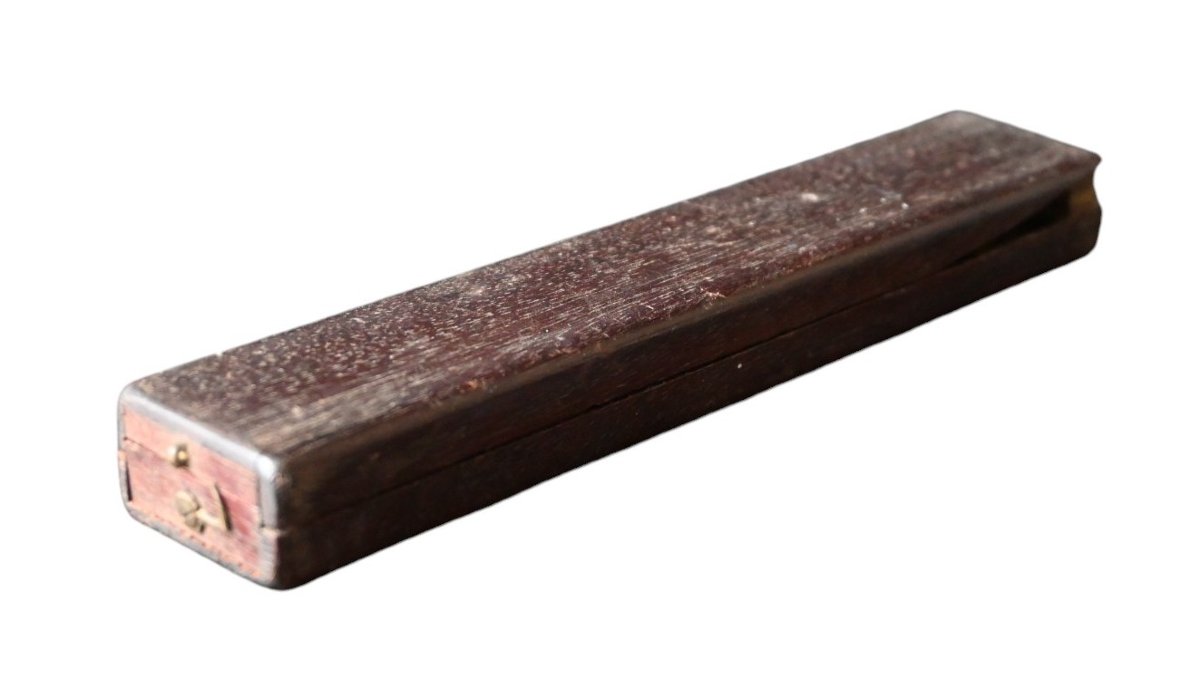

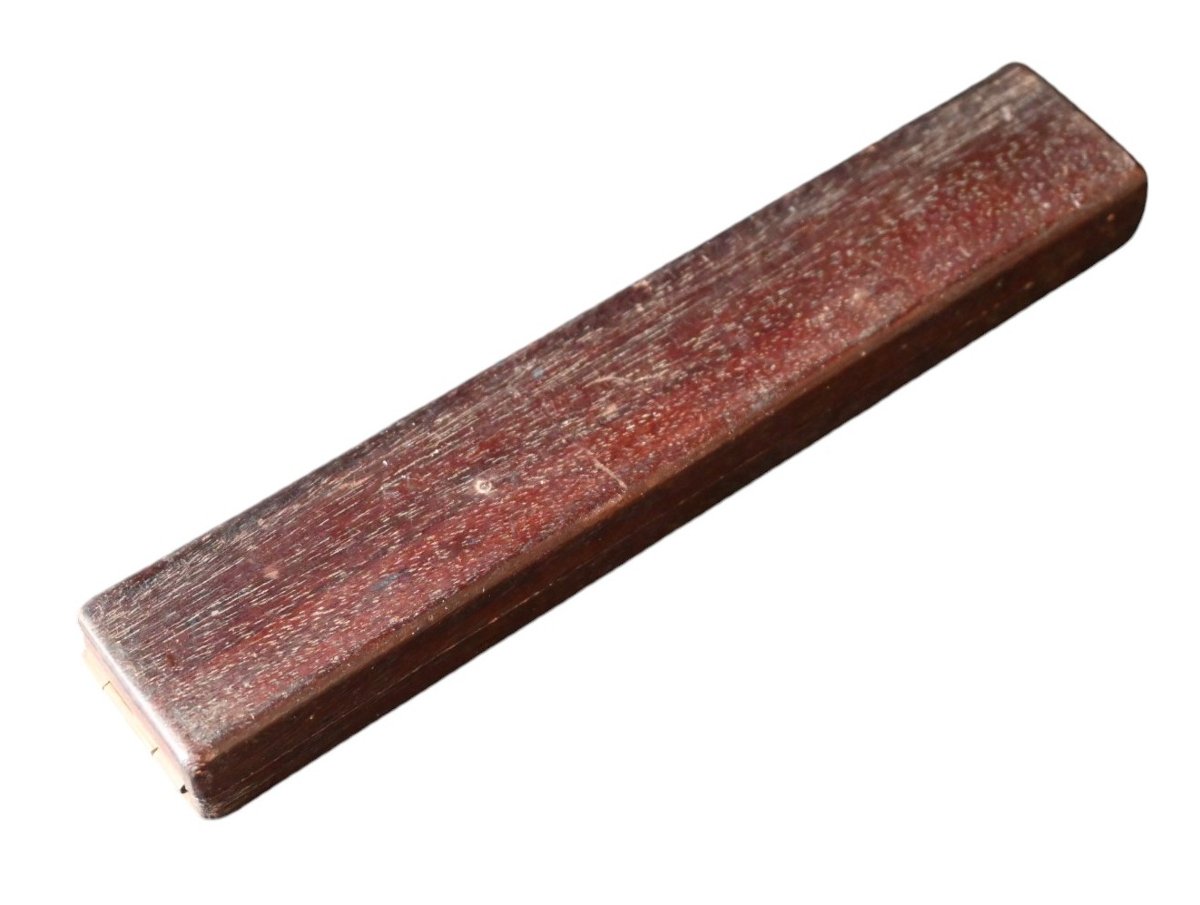
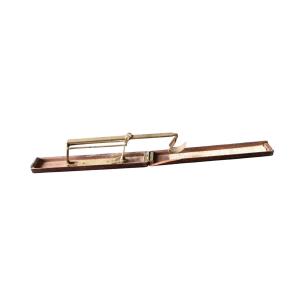






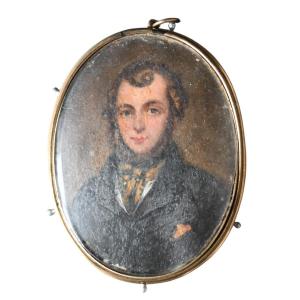

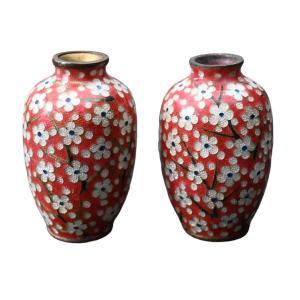



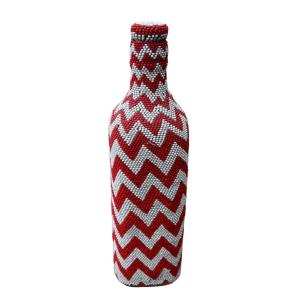





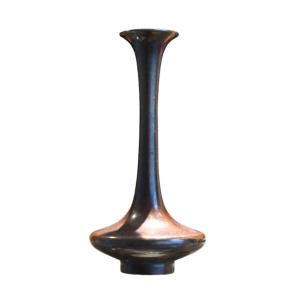
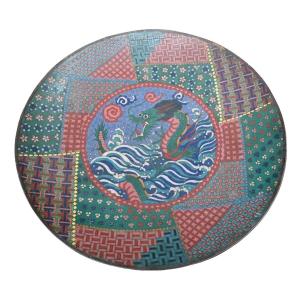

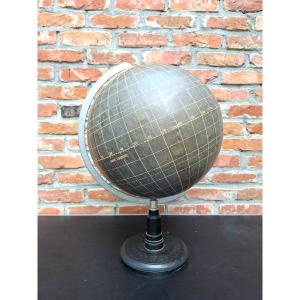







 Le Magazine de PROANTIC
Le Magazine de PROANTIC TRÉSORS Magazine
TRÉSORS Magazine Rivista Artiquariato
Rivista Artiquariato